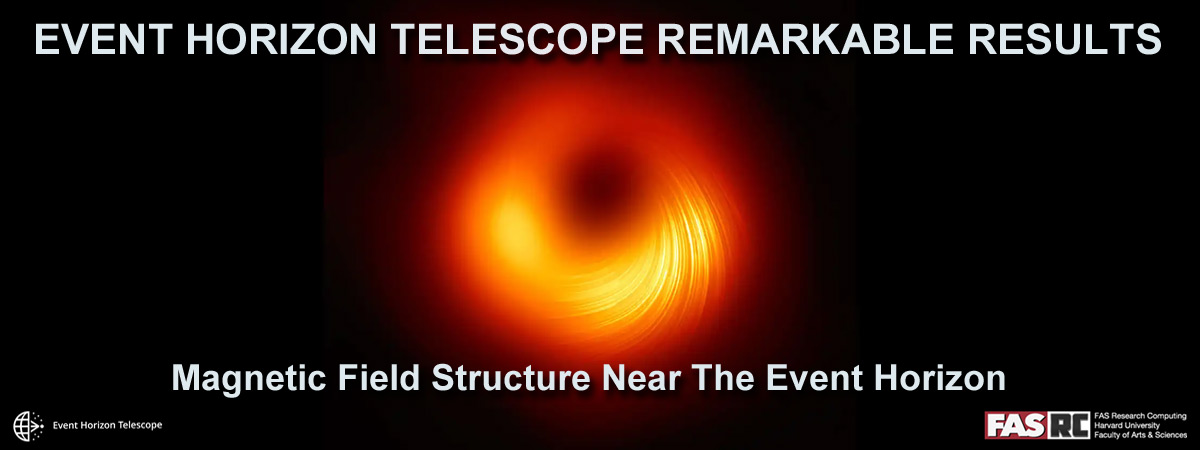 Through application of Harvard's Odyssey and Orgoglio computational clusters, the Aspuru-Guzik group is pushing the boundaries of quantum monte carlo studies of molecular crystals as part of our clean energy project.
Through application of Harvard's Odyssey and Orgoglio computational clusters, the Aspuru-Guzik group is pushing the boundaries of quantum monte carlo studies of molecular crystals as part of our clean energy project.
With oil production peaking in the near future, alternative sources of energy will become increasingly important. One of the most promising avenues for research in this direction is the search for efficient organic and nanoparticle/organic photovoltaic solar cells. The potentially low manufacturing costs of these materials could dramatically improve the economic viability of ubiquitous solar-powered technologies.
One of the most important contributions that quantum chemistry can make in this field is the rigorous first-principles study of the properties of "designer" molecular crystals. In the Aspuru-Guzik group, we are particularly interested in the diiodobenzene (DIB) molecular crystal and its derivatives.
The DIB system has been shown to have remarkable charge-transport properties and stands out among molecular organic semiconducting crystals because of its especially high room-temperature hole mobility (>10 cm2/ (V s)). As a result, DIB is an excellent model system for the development of more efficient materials for capturing solar energy.
To explore this kind of molecular crystal, it is common to employ the methods of density-functional theory (DFT), which provide an excellent compromise between accuracy and efficiency. In addition to our DFT work, however, we are also running calculations with the quantum monte carlo method (QMC).
QMC is one of the most accurate methods available for the study of the electronic structure of molecular crystals, and is able to reliably recover the contributions of weak interactions such as Van der Waals forces that DFT cannot achieve reliably.
We are using the Odyssey and Orgoliglio GPU clusters to achieve, for the first time to our knowledge, benchmark calculations of the properties of a molecular crystal using QMC. Due to the high accuracy of these calculations, the required computational time is very large.
For example, a preliminary calculation we performed on Odyssey using 64 cores in parallel required approximately 100 hours to compute the total energy of DIB to an accuracy of 6 milli-Hartree. "Chemical accuracy" usually requires an error of less than 1 milli-Hartree, which would require significantly more computational time again.
Our calculations are performed using the software suite QMCPack, developed by Dr J.Kim and Dr K.Esler at the University of Illinois. Recently, the development version of QMCPack has been modified to run on CUDA-enabled devices, such as the NVIDIA GPUs which make up the Orgoglio cluster. It should be noted that the QMC algorithm is very well suited to efficient parallelization.
As a result, we are now using Orgoglio to dramatically accelerate our QMC calculations of molecular crystals. Our initial tests have shown a 44-times speedup when computing diffusion monte carlo energies of DIB using QMCPack and Orgolglio's Tesla C1060 GPUs.
To achieve chemical accuracy in the DIB energy calculations, we estimate a computational time of approximately 1 month using the Odyssey cluster. Assuming a 44-times speedup using Orgoglio, we can imagine achieving such a benchmark calculation in less than 1 day through the power of GPU acceleration! The future of fine-grained multi-core acceleration technologies has arrived. The challenge now is the development and application of software to maximize its potential.
Visit www.scigpu.org for some of the Aspuru-Guzik's groups other GPU research efforts.
Faculty:
Prof. A. Aspuru-Guzik






